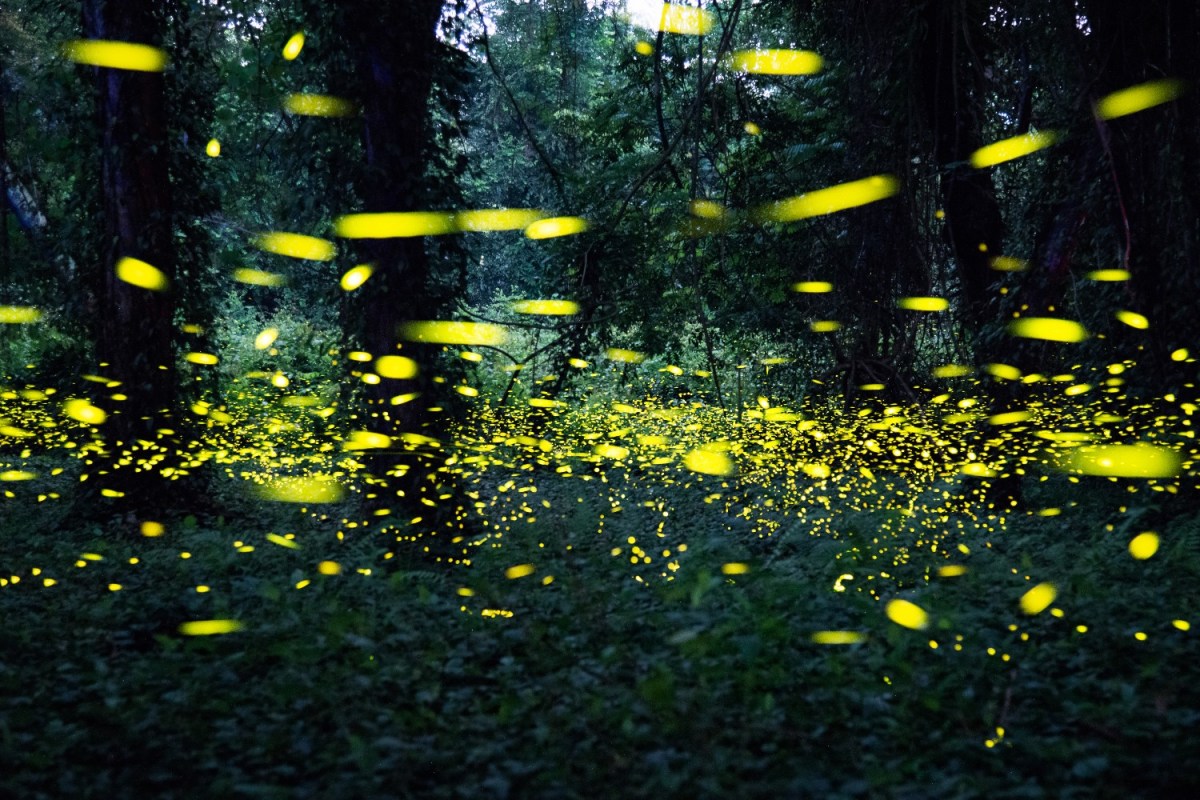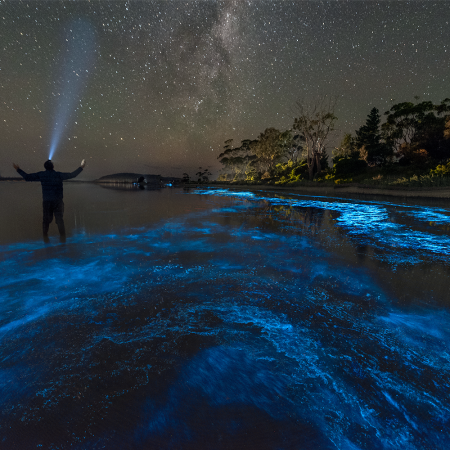In the United States and around the world, a growing number of people are learning new ways (or ways that are new to them) of embracing the natural world. This includes the concept of forest bathing, which originated in Japan, picking up adherents across the globe. It’s also led to some people venturing hundreds or even thousands of miles to stand in the presence of one of the most ubiquitous bugs out there — fireflies.
Both the New York Times and the Washington Post have written about the growing appeal of watching fireflies as a communal experience in recent years, and it isn’t hard to see why. Firefly tourism’s combination of vivid visuals (think fireworks, but without the loud noises) and of immersing oneself in nature makes for an appealing combination. But as fireflies have become a hot ticket, there’s another question looming over the proceedings — namely, could an increase in watching fireflies end up damaging the places where they live?
Negative effects of firefly tourism
In a new article for The Atlantic, Joshua Sokol raises that very question — and points to a scientific study from Thailand that indicates that an influx of tourists gazing upon fireflies there has had negative effects on the fireflies’ habitats. It all suggests that firefly tourism is a more complex affair than it may have seemed at first.
The 9 US National Forests With Certified “Epic” Biking Trails
Only 46 trails on earth have earned the designation.That isn’t to say that Sokol’s findings are uniformly cause for alarm, however. The article in The Atlantic also points to the growth of sustainable firefly tourism, and notes that some steps that can make the lives of fireflies easier, such as reducing light pollution, aren’t that challenging to implement. It’s encouraging news for anyone looking for a literally enlightening experience off the beaten path.
Thanks for reading InsideHook. Sign up for our daily newsletter and be in the know.


















